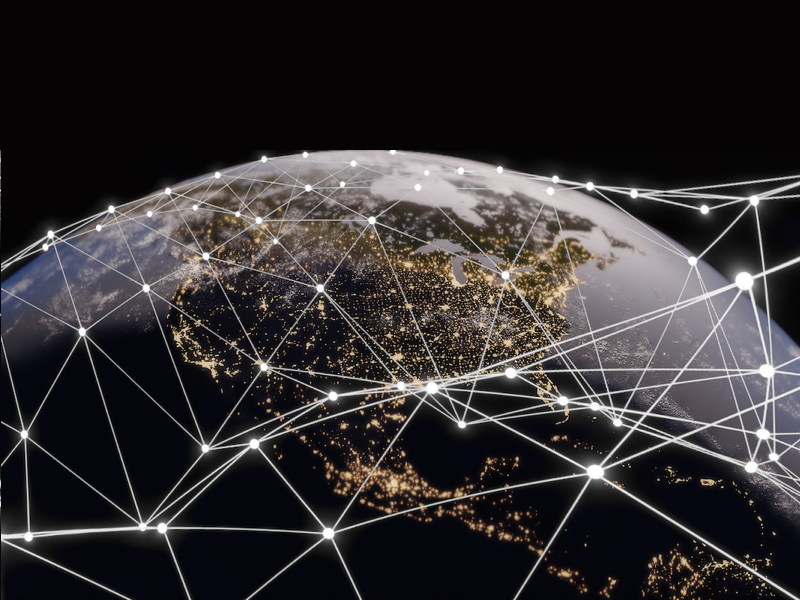In today’s intricate web of global trade, the United States finds itself walking a delicate tightrope — trying to balance domestic political pressures with international economic commitments. The resurgence of tariff-driven strategies, the need to protect American industries, and the growing expectations of global partners are creating a landscape where every decision carries significant weight. The balancing act between appeasing domestic constituencies and maintaining trust in international markets has never been more precarious.
The Politics Behind Tariffs
Tariffs, long used as a tool of economic diplomacy and domestic protection, have returned to the center stage of U.S. trade policy. While previous decades saw a general shift toward free trade and open markets, recent years have marked a partial retreat. Successive administrations have leaned on tariffs to safeguard certain sectors — notably steel, aluminum, technology, and agriculture — from what are perceived as unfair foreign advantages.
This resurgence is not purely economic. Tariffs resonate politically. For many American workers, especially in the Rust Belt and rural heartland, tariffs symbolize a government taking a stand against job losses and foreign competition. Politicians often capitalize on this sentiment, framing tariffs as a defense of national sovereignty and middle-class livelihoods. However, this politically expedient tool can have complex consequences that ripple far beyond campaign speeches.
Economic Ramifications
While tariffs may offer short-term relief to struggling industries, their long-term impacts are more contentious. Imposing tariffs often invites retaliatory measures from trading partners, which can escalate into full-blown trade wars. These tit-for-tat dynamics can disrupt supply chains, inflate costs for manufacturers and consumers, and reduce market access for American exporters.
For example, when the U.S. levied tariffs on Chinese goods, China responded in kind, targeting U.S. agricultural products. This directly impacted American farmers, forcing the government to step in with billions in subsidies. While this temporarily cushioned the blow, it also raised questions about the sustainability of tariff-heavy strategies.
Moreover, tariffs introduce uncertainty into global markets. Businesses thrive on predictability. Constantly shifting trade policies and the looming threat of new duties make it difficult for firms to plan long-term investments or enter new markets with confidence. This uncertainty can stifle innovation, discourage expansion, and ultimately hamper economic growth.
Global Trust and Trade Leadership
The U.S. has historically positioned itself as a champion of free trade and open markets. Institutions like the World Trade Organization (WTO) and agreements such as the North American Free Trade Agreement (NAFTA), now replaced by the USMCA, underscored this commitment. However, recent unilateral actions and skepticism toward multilateral agreements have shaken international confidence.
Global partners now find themselves questioning the reliability of the U.S. as a trade ally. The perception that America may abandon agreements or impose sudden tariffs adds an element of risk to doing business with or within the U.S. This erosion of trust could pave the way for other global powers, such as the European Union or China, to assert themselves more aggressively in international trade arenas.
Restoring that trust requires consistency, transparency, and diplomacy. Trade policy should not fluctuate with every election cycle or executive preference. Instead, it should be built on stable principles that prioritize long-term cooperation, mutual benefit, and fair play.
Domestic Industry vs. Global Integration
One of the core tensions in the U.S. trade tightrope lies in reconciling the needs of domestic industry with the realities of a globally integrated economy. Protectionist policies may offer short-term relief, but they can also isolate American businesses from innovation, reduce competitiveness, and alienate global partners.
To navigate this divide, the U.S. must adopt a more nuanced approach — one that supports vulnerable industries while investing in innovation and competitiveness. This could include workforce retraining programs, incentives for modernizing manufacturing, and research funding to maintain technological leadership. In doing so, the U.S. can bolster domestic strength without turning its back on the global marketplace.
The Path Forward
Walking the trade tightrope requires a combination of prudence, strategic vision, and international diplomacy. Tariffs should be used judiciously, not as a default response to economic challenges. At the same time, the U.S. must reaffirm its commitment to fair and open trade through multilateral partnerships and robust agreements.
Additionally, trade policy should be more inclusive, reflecting the voices of small businesses, labor unions, and environmental groups. This broad-based approach can help ensure that trade benefits are widely distributed and that trade agreements address 21st-century challenges like digital commerce, climate change, and labor rights.
In the end, navigating this complex landscape is about more than just balancing spreadsheets or negotiating deals. It’s about defining the U.S.’s role in a rapidly evolving world — as a partner, a leader, and a steward of both domestic prosperity and global stability. How America chooses to walk this tightrope will shape not only its own future, but also the contours of global trade for decades to come.




